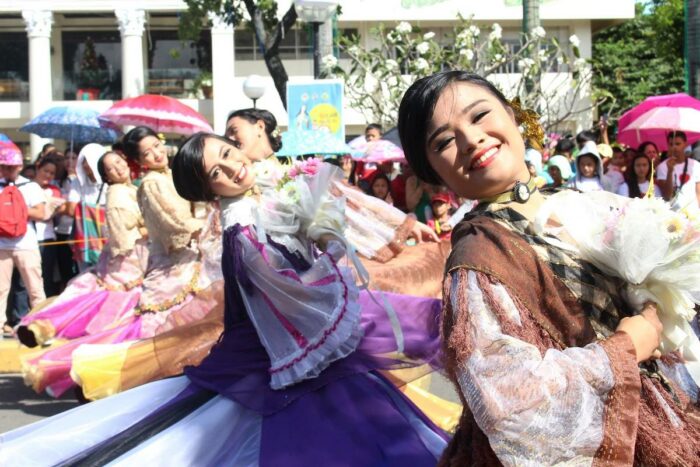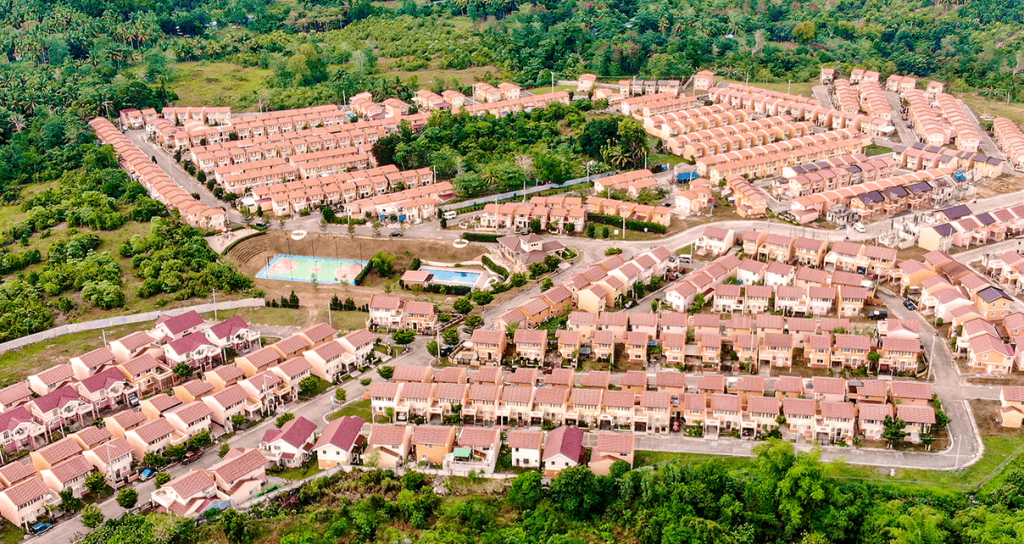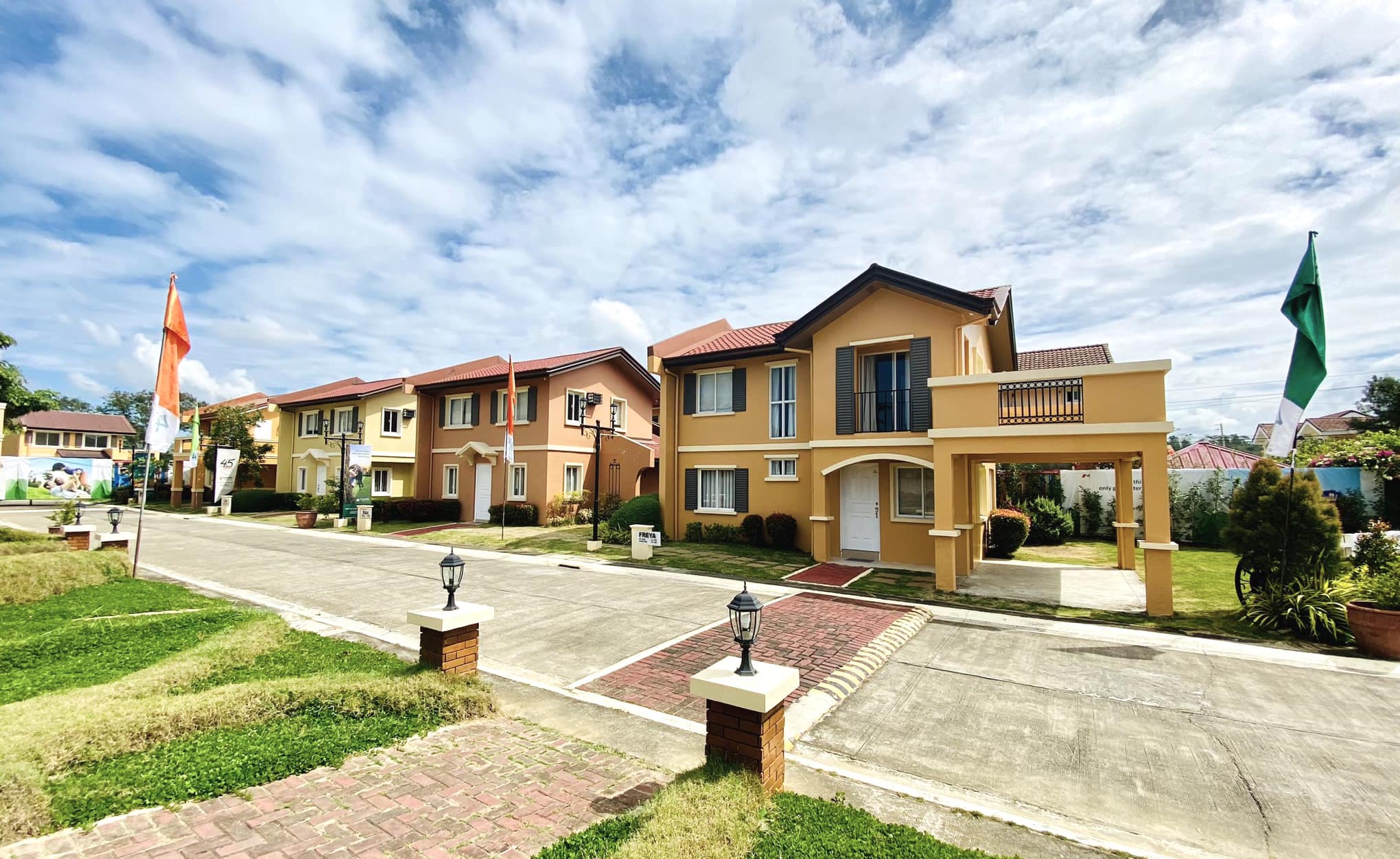
Considered a famous tourist destination in the Philippines, Capiz is one of the four provinces on Panay Island. It is a place of natural beauty, art, history, and culture.
Let’s delve deeper and see who the Capiznons are and what their culture is like.
Who are the Capiznon?
The term “Capiznon” came from the combination of the word “kapis,” which is what the shell of the Placuna placenta mollusk is called, and the suffix “non,” which means people. It is a general term used for the culture, people, and language of Capiz.
Since Capiz is located in the Visayas, they are technically called Visayans, and the language they use is a subclass of the Visayan Language – it is most similar to the Hiligaynon language, with some terms from Aklanon and Kinaray-a.
Arts and Culture of Capiz
Capiz has a unique culture; and they express it well through arts and music.
Capiz Shells
One material is widely used for various products in Capiz. There is a distinct shell that is popularly used in jewelry – it is the shell of the Placuna placenta mollusk, called Capiz shells. These shells are comparable to the Mother of Pearls or Nacre as these two marine treasures have similarities in their quality.
The Capiz shell has two parts: the shell covering and the meat inside, which is edible. Sometimes, it also contains pearls, mainly white.
Back then, during the Spanish period, Capiz shells were used as a substitute for glass – that’s why they are also called windowpane oysters. Now, it is being used as a main material in numerous products, such as jewelry pieces, home decor like lampshades and chandeliers, and kitchen utensils like bowls and plates.
Many Capiznos use this magnificent material to show off their skills and creativity by making beautiful art pieces.
The Capiz Eco Park and Cultural Village
For adventurous people, when visiting Capiz, you should never forget to go to The Capiz Eco Park and Cultural Village. There are plenty of activities to choose from when visiting these tourist spots: wall climbing, trekking, and strolling through the ethnic houses of the indigenous tribes. After a nice stroll, there are wellness huts where you can have a relaxing massage.
You can experience the culture of the different indigenous tribes like Aetas, the Tumandoks, and the Panay-Bukidnon. When you get there, the natives will welcome you with sombreros made with coconut palm leaves and friendship bracelets, which they call pulseras, created by the locals. Some natives teach tourists how to do basket weaving and abaca weaving, and you also get to cook and taste their authentic delicacies, like the following:
- Inday-Inday
This is a meryenda or dessert that is a combination of palitaw and bukayo. Similar to palitaw, they are both made of rice flour dough boiled in water. However, this snack differs from a palitaw because of its additional coconut meat cooked with brown sugar on the side, like the bukayo.
- Wit-Wit
Wit-wit is a dessert that is also called ginataang halo-halo. If you are familiar with ginataang bilo-bilo, that is what this is. It is made of purple yam and sweet potato, with sticky rice cake balls, sago, and saging na saba.
Witness and immerse into the traditions and daily lives of different tribes in the area.
Festivals of Capiz
Because of Capiz’s bountiful harvest of seafood, they have festivals dedicated to celebrating their harvests, while some are religious in nature.
Here are some famous festivals celebrated in the Seafood Capital of the Philippines.
The “Capiztahan”
The Capiztahan started in pre-colonial times when the locals celebrated the history of their province. At present, it is celebrated as the province’s founding anniversary. The Capiztahan is also held to honor the first Filipino president of the Philippines, Manuel R. Roxas, who was born and raised in Capiz. Capiztahan reflects the Capiznos’ culture and traditions.
This festival is one of the most awaited events in Capiz. Usually lasting for three days, the local government and tourism office extended the event into a month-long celebration this year — packed with fun activities for everyone. One of the popular events in this yearly festival is the Mutya ng Capiz, where Capiznon women are given a platform to showcase their beauty, intelligence, and knowledge about their culture.
Capiztahan is vital in promoting the unique and vibrant culture of Capiz. Some of the activities that can be experienced during the festival are street dances with locals in extravagant costumes, “Seafood Galore” where the community feast on their bountiful seafood harvests, and other activities like live concerts and street parties.
Talahong Festival
One of the festivals in the province of Capiz is the Tahalong Festival, celebrated in the municipality of Sapian every first week of May. This festival is a thanksgiving for the abundance of tahong (green mussel) and talaba (oyster) in their community.
During this festival, the tahong and talaba are sold at low prices in markets. And like any other festivals, the people celebrate this occasion by dancing in extravagant and colorful costumes.
Sinadya sa Halaran Festival
The Sinadya sa Halaran Festival is held every year from December 4 to 8. “Sinadya sa Halaran” means “Joy in Sharing and Thanksgiving.” It is a combination of two different festivals: “Sinadya” as the Roxas City Fiesta and “Halaran” as the celebration paying tribute to Our Lady of the Immaculate Conception, the patroness of Roxas City.
Street dance parade is one of the main events in this festival, where different types of dances are featured, like the money dance and dances reflecting bayanihan and folk games. Of course, street dances are not complete without the colorful and vibrant costumes of the locals. Other events you can partake in within this event are river floaters, a fluvial parade, and a seafood fiesta.
The Sinadya sa Halaran Festival shows the province’s propensity to religion as well as its culture.
Economy in Capiz
Capiz is known as the country’s seafood capital with its 90-km-long coastline, consisting of two bays — the Tinagong and Sapian Dagat; this is why it is known as one of the country’s major producers and contributors to the seafood industry. They are also one of the primary suppliers of milkfish and prawns.
Of course, the main livelihood in Capiz is more on aquaculture. Most Capiznos’ businesses focus on seaweed farming, prawn culture, processing and distribution of seafood products, etc.
Another source of income for Capiznons is in their arts, such as basket making, cloth weaving, and creating products made of abaca.
Because Capiz is a famous tourist destination, its food industry does not fall behind. Aside from their seafood delights, they also have a variety of rice cakes and pastries like puto maya and bayi-bayi, a native delicacy that is made of coconut and either rice or corn.
Camella Capiz

Located in the capital of Capiz province, Roxas City, Camella Capiz is a Spanish-Mediterranean-themed community just 8 minutes away from the Roxas Airport. Live near the Capiz city center, which is only 5 minutes to the development via the Roxas-Ivisan Bypass Road. Camella Capiz is a serene and secure community with a 24/7 roving guard and CCTVs surrounding the area.
Start your dream life in a place of vibrant culture and history.

Check out our House and Lot for Sale Properties
Discover our house and lot for sale properties in the Philippines


